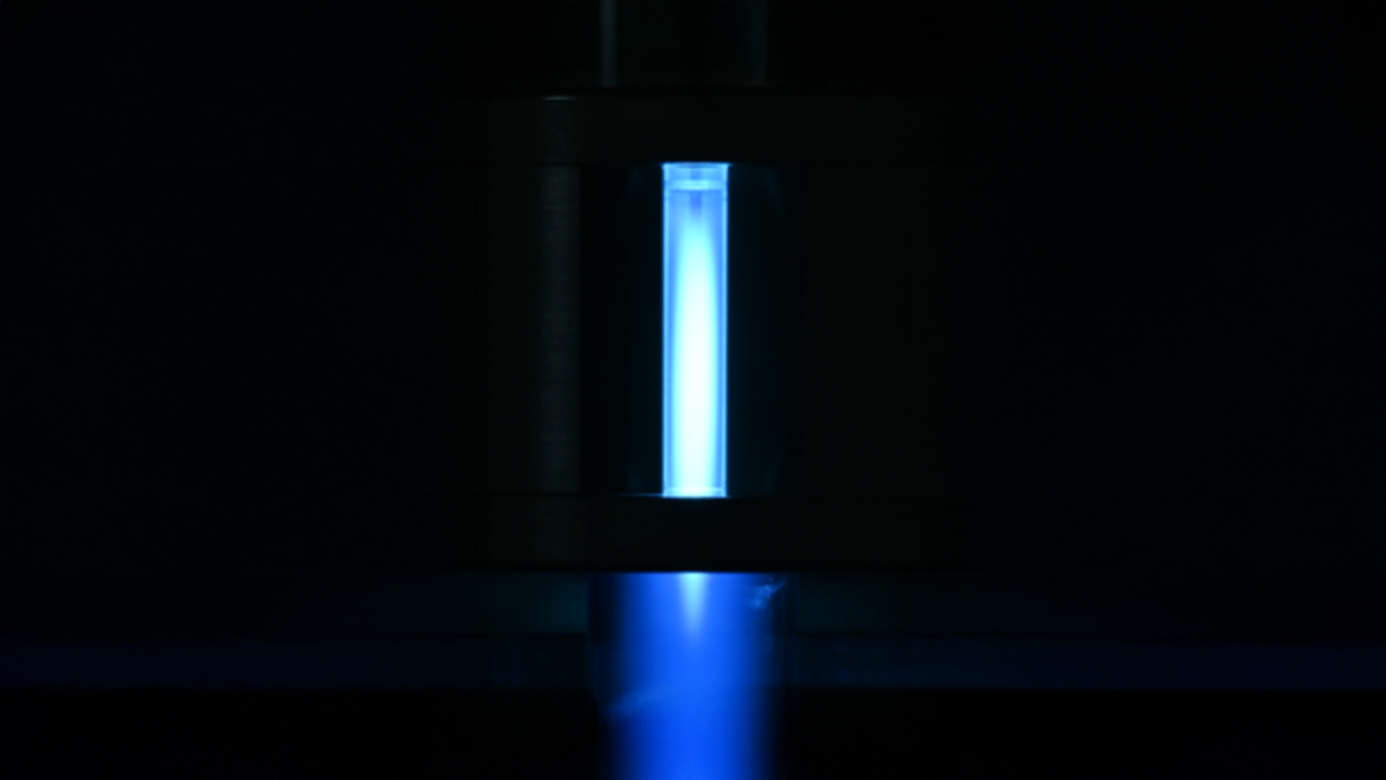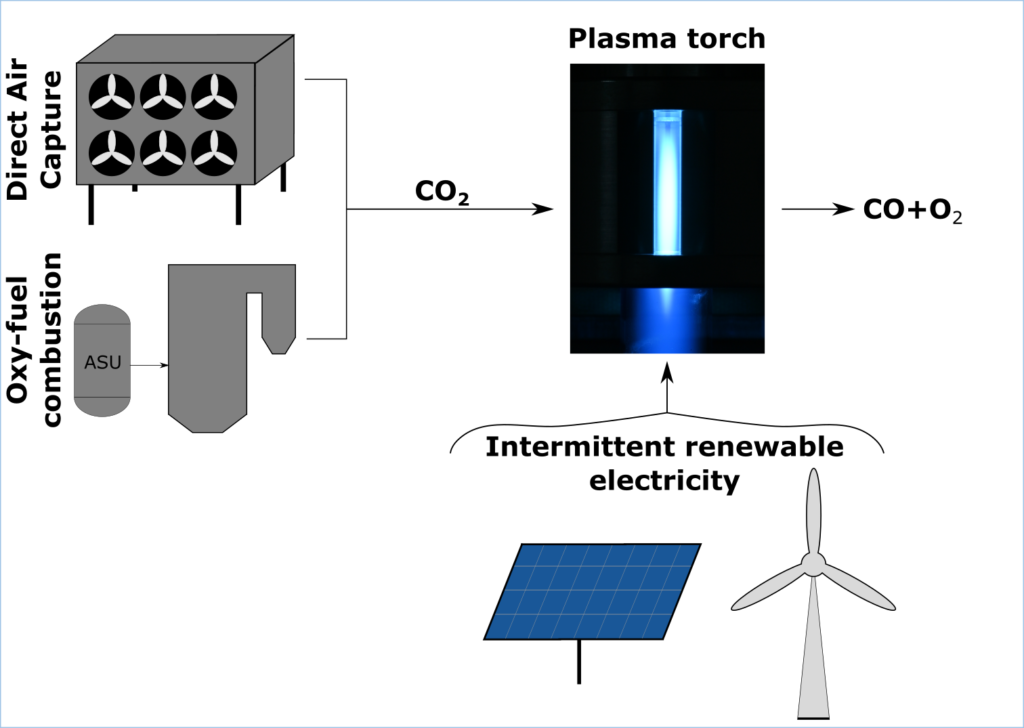
Microwave Plasma Torch Technology: A Breakthrough for Efficient CO2 Conversion
As the world grapples with rising carbon dioxide (CO2) levels, innovative technologies are needed to mitigate emissions and repurpose CO2 into valuable chemicals. A recent study published in the Chemical Engineering Journal by Kiefer et al. explores the potential of microwave plasma torches for efficient CO2 dissociation. Microwave plasma torches operate by using microwave energy to generate high-temperature plasmas, effectively breaking down CO2 molecules into carbon monoxide (CO) and oxygen. This technology offers promising energy efficiency, long-term stability and suitability to be used with renewable electricity supply, positioning it as a viable candidate for industrial-scale carbon capture and utilization (CCU).

Industrial Relevance and Scalability
One of the primary challenges of CO2 conversion technologies is their scalability. The study highlights that microwave plasma torches can operate under atmospheric pressure, eliminating the need for vacuum pumps and reducing operational costs. This feature is particularly beneficial for industries looking to integrate CO2 conversion into their existing infrastructure. Additionally, the rapid response time of plasma torches (2–3 minutes) makes them well-suited for intermittent operation, allowing industries to utilize excess renewable energy during peak production periods.
Conclusion
Microwave plasma torch technology presents a promising pathway for CO2 utilization, combining high energy efficiency, long-term stability, and industrial feasibility. As the world moves towards a circular carbon economy, such advancements in plasma-based conversion could play a critical role in reducing greenhouse gas emissions and promoting sustainable chemical production.
Author: Christian K. Kiefer
Links
https://doi.org/10.1016/j.cej.2023.148326
Keywords
Microwave plasma torch, Carbon dioxide, Carbon capture and Utilization (CCU), Energy Efficiency, Circular Carbon Economy, Sustainable Chemical Production, Renewable Energy Integration



